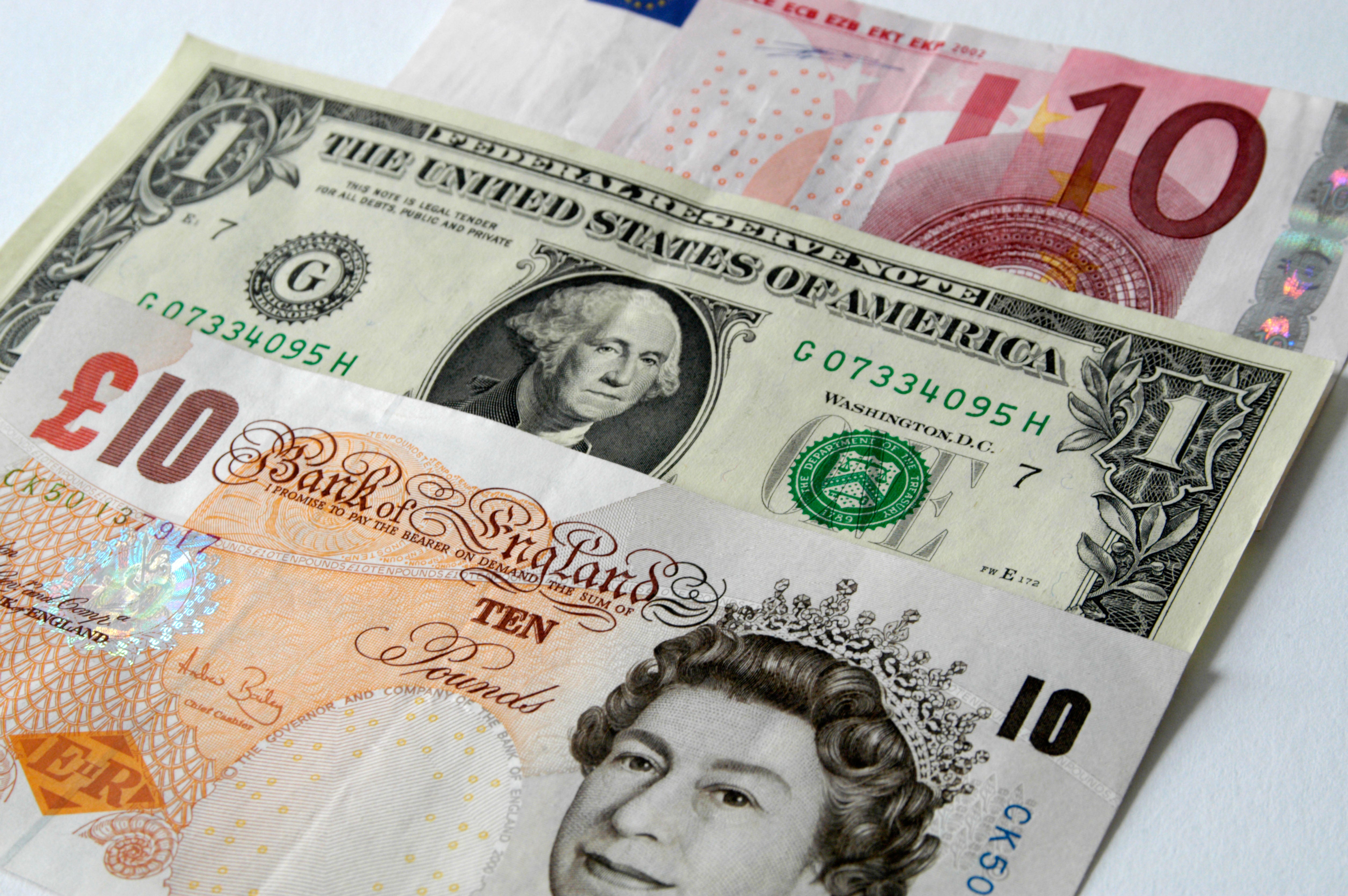Sterling stays steady with Truss victory after earlier falling to 37-year low
The pound remained fairly unchanged following the announcement of the next Prime Minister

Your support helps us to tell the story
From reproductive rights to climate change to Big Tech, The Independent is on the ground when the story is developing. Whether it's investigating the financials of Elon Musk's pro-Trump PAC or producing our latest documentary, 'The A Word', which shines a light on the American women fighting for reproductive rights, we know how important it is to parse out the facts from the messaging.
At such a critical moment in US history, we need reporters on the ground. Your donation allows us to keep sending journalists to speak to both sides of the story.
The Independent is trusted by Americans across the entire political spectrum. And unlike many other quality news outlets, we choose not to lock Americans out of our reporting and analysis with paywalls. We believe quality journalism should be available to everyone, paid for by those who can afford it.
Your support makes all the difference.The pound remained little changed after the victory of Liz Truss in the Conservative leadership election, but had regained some ground since its nearly four-decade low earlier in the day.
Sterling initially gained a little ground following the announcement, but quickly pared back those gains, trading down slightly at 1.1483 against the dollar an hour later.
“Markets-wise, there has been little reaction, since the announcement was very much a foregone conclusion,” said Chris Beauchamp, chief market analyst at trading platform IG.
“But with the pound wallowing against the dollar it is clear that markets are none-too-optimistic about the outlook for the UK.
“Perhaps a big enough programme of support might win her a reprieve, but investors will be watching closely.”
Meanwhile, the FTSE 100 also regained some of its lost ground, rising from a day-low of 7,191 to around 7,268 in the early afternoon.
Earlier in the day sterling dropped to its lowest point in 37 years against the dollar.
It briefly fell to a low where one pound could buy just 1.1443 dollars, below the 1.14506 it touched on March 19 2020.
The fall will make imports considerably more expensive for Britons, as much global trade is transacted in dollars. It will also hit holidaymakers going to the US.
Back in 1985 when sterling was last lower, countries came together to intentionally weaken the dollar against its international counterparts, especially the German deutsche mark and the Japanese yen.
The pound is expected to continue its journey toward parity against the US dollar, as the dollar continues rising relentlessly
In the so-called Plaza Accord – named after the New York hotel where it was signed – the G5 countries, Germany, the UK, the US, France and Japan, agreed to work towards devaluing the dollar.
A five-year growth spurt in the US currency had hurt American manufacturers as it made imports cheaper for US customers to buy.
“This time there will be no Plaza Accord to rescue us,” said Neil Wilson, an analyst at Markets.com.
Ipek Ozkardeskaya, senior analyst at Swissquote Bank, argued that over the longer term, Ms Truss’s premiership is likely to be bad for sterling.
She could change the Bank of England’s mandate away from controlling inflation, and have it focus on growth, Ms Ozkardeskaya said.
“The pound is expected to continue its journey toward parity against the US dollar, as the dollar continues rising relentlessly,” she added.
Before the results were announced and the pound dropped to its nearly 40-year low, Fiona Cincotta, senior financial markets analyst at City Index, said: “Foreign Secretary Liz Truss is expected to take over at the helm, however, the pound trading at its lowest level since March 2020 suggests that the market is worried about her strategy of cutting taxes to turbocharge the economy.
“This could easily backfire and send inflation higher still.”
Meanwhile on Monday, the euro also dropped below one dollar for the first time in two decades.
It comes as economies across Europe are battered by soaring gas and electricity prices, due to the war in Ukraine and several other factors.